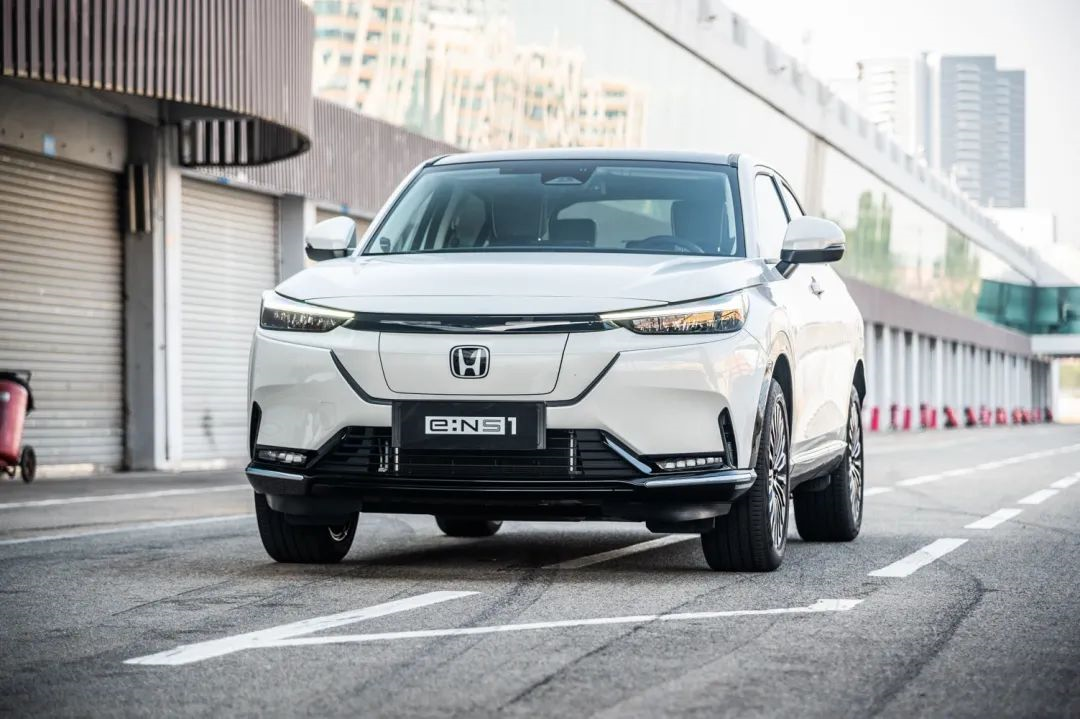Author: Koumikoumi
As an electric vehicle owner and an owner of a new energy brand, looking back at what I considered when buying a car, there was only one thing, I wanted to experience something different from traditional fuel cars. Based on this consideration, I ultimately selected benchmark B-class cars such as Accord, Inspire, and Magotan as backup options.
However, when I think back on it, in conversations with colleagues, some expressed unwillingness to purchase electric vehicles due to reasons such as inconvenience of charging, driving being too “new energy,” and not being comfortable and causing motion sickness. Let’s not talk about charging convenience for now, as new energy infrastructure construction continues to improve, charging should become more convenient in the future. As for the drive part, there is a pure electric car that is very easy to handle and drives like a “fuel car,” why not come and take a look?
This car is Dongfeng Honda e:NS1. It can be said that this is a car that goes against the trend. It is not pursuing “being different” like some new energy vehicles do. Its goal is to be a “traditional” electric car. And this “tradition” is a term of commendation here.
Drive is the most important
After careful consideration, I think that I need to put the driving part first when writing about this car. Because personally, I think this is where the essence of the car lies.
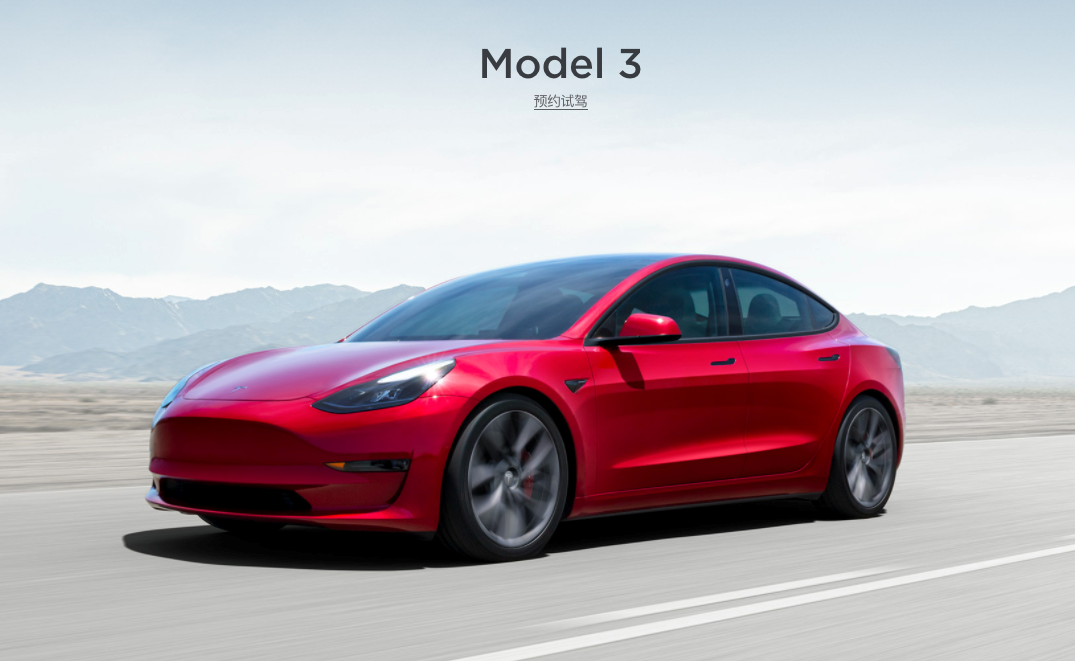
Making an electric car comfortable to drive is often the most difficult part. The most well-known feature of an electric car is its acceleration performance. The motor has the characteristic of outputting a huge torque in an instant when it just starts, coupled with the acceleration pedal’s tuning, which is almost like a cable throttle, it can be said that in terms of sensory experience, an electric car’s power response completely exceeds that of a pure fuel vehicle (in fact, the motor response is just fast). This is also one of the fascinating features of electric cars. At this point, if one were to intentionally reduce the motor output when the vehicle is starting, it would probably seem like a “waste of effort” to many.
But coincidentally, this is where the courage comes in. If I were to provide a metaphor for the power output of e:NS1, it feels more like a small-displacement turbocharged engine. In eco mode and normal mode, whether it’s just starting or immediately accelerating after braking, e:NS1’s power output will have a “delay,” and then slowly increase the power output.
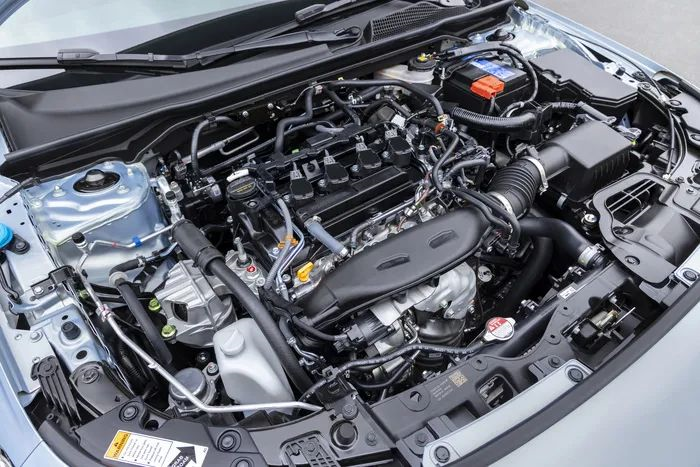 Just like a turbocharged engine with a small displacement, the e:NS1 electric motor delivers weak power output at low speeds before the turbo kicks in, provides synchronous torque with increasing speed, and finally reaches its maximum torque output at the set maximum boost pressure for a thrilling acceleration experience. However, unlike internal combustion engines, the e:NS1 accelerates faster during the speed-up process and has better power reserves in the latter part of the acceleration.
Just like a turbocharged engine with a small displacement, the e:NS1 electric motor delivers weak power output at low speeds before the turbo kicks in, provides synchronous torque with increasing speed, and finally reaches its maximum torque output at the set maximum boost pressure for a thrilling acceleration experience. However, unlike internal combustion engines, the e:NS1 accelerates faster during the speed-up process and has better power reserves in the latter part of the acceleration.
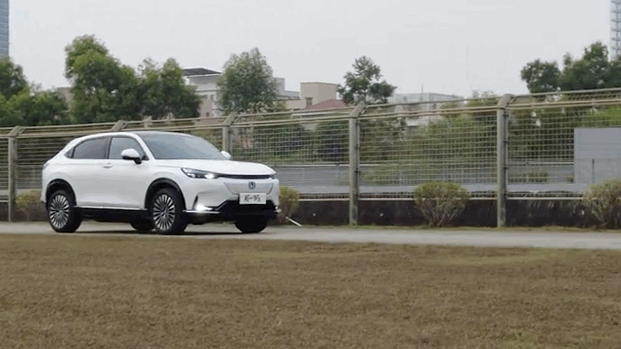
In addition, the range of the electric motor power output corresponding to the first half of the accelerator pedal’s travel in eco mode and normal mode is not entirely linear. The difference in acceleration between pressing the accelerator pedal a little harder or a little softer is not significant. It is not until after the accelerator pedal travels about 60% that the 150 kW electric motor is fully activated.
In terms of results, this power output and accelerator pedal feedback can be easily accepted by gasoline car owners, especially Honda car owners. Because this style is just like driving a Honda car, the author, a previous Honda car owner, found it very easy to handle. This tuning requires less precise adjustments from the driver’s foot and can easily deliver a smooth power output that is more acceptable to passengers.
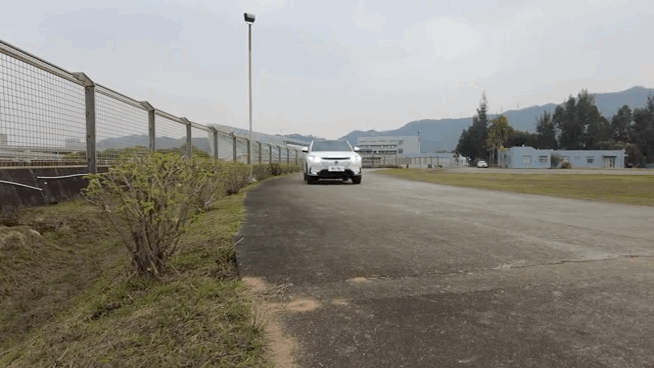
If you don’t quite understand what it means, think of the gas pedal of various sports cars. If a fast car driver who likes to use the gas pedal like an accordion drives the e:NS1, passengers in the backseat will feel much more comfortable.
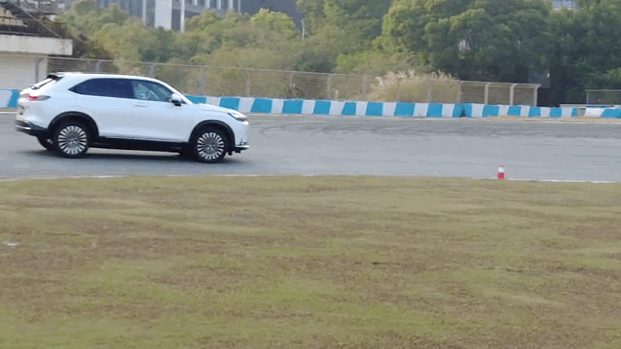
Of course, achieving this effect also relies on the suspension settings. The early stage of the suspension travel is stiffer, enabling the suspension to offset the upward tendency caused by normal acceleration. Likewise, the vehicle posture is good during normal braking, providing a feeling of stability.
However, unfortunately, this was a track test drive on a well-maintained track. The author did not lose control and run onto uneven sections or speed bumps, so the suspension performance of the e:NS1 on open roads, especially on bumpy surfaces caused by manhole covers or multiple repairs, needs further testing.
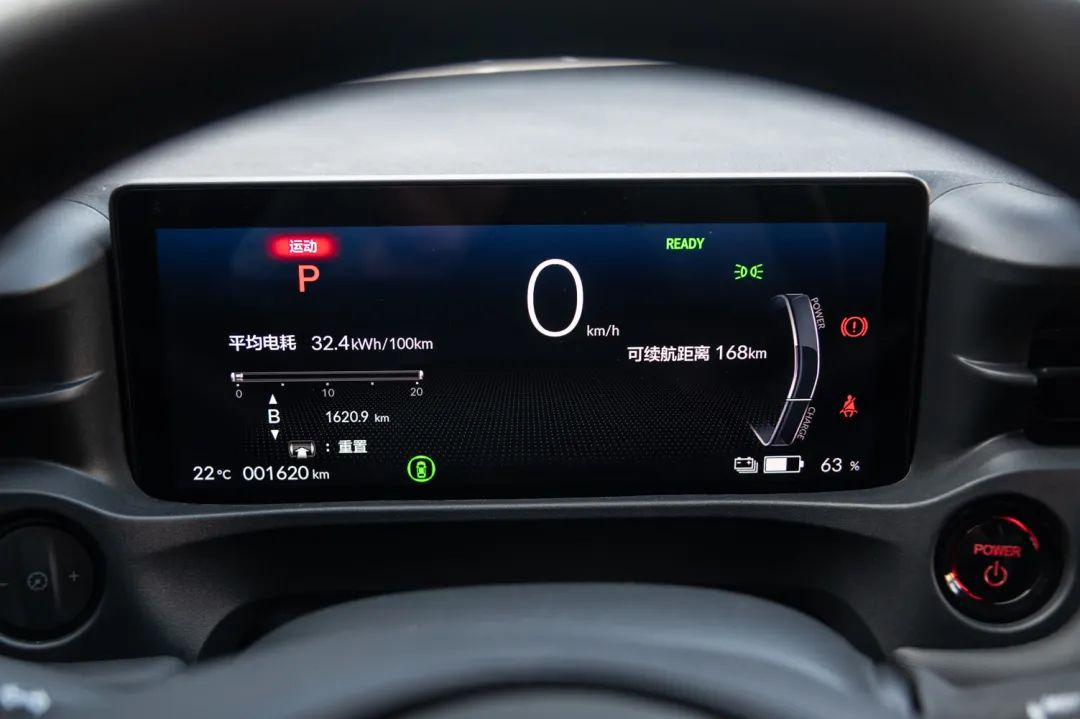 The talk about the e:NS1’s performance is not unfounded. On the racetrack, we have tried eco, normal, and sport modes, all of which have different power outputs. When switched to sport mode, the power output is similar to what we would expect from a conventional electric car, with maximum torque delivered from the start and accompanied by simulated engine noise.
The talk about the e:NS1’s performance is not unfounded. On the racetrack, we have tried eco, normal, and sport modes, all of which have different power outputs. When switched to sport mode, the power output is similar to what we would expect from a conventional electric car, with maximum torque delivered from the start and accompanied by simulated engine noise.
However, as an ordinary SUV, the e:NS1 may feel slightly less supportive at the rear suspension when taking sharp turns, with some degree of body roll. But this is relative and does not affect the driving pleasure of the car (although talking about driving pleasure for an SUV seems odd). The steering wheel is relatively light and responsive, with linear feedback that increases with steering angle and speed, and the front wheels respond quickly to steering inputs.
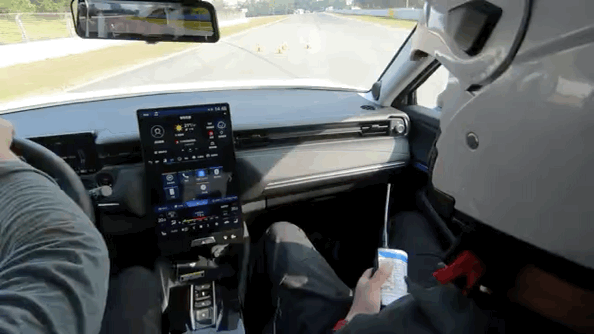
This intuitive response provides good predictability and makes it easy for the driver to make adjustments, ensuring that the vehicle stays on the intended path as much as possible. In terms of performance, the e:NS1’s limits on the racetrack are not particularly high, but it is still a lot of fun to drive.
First and foremost, the e:NS1 is a Honda, and then an electric car.
As for the looks, it is still a matter of personal opinion.
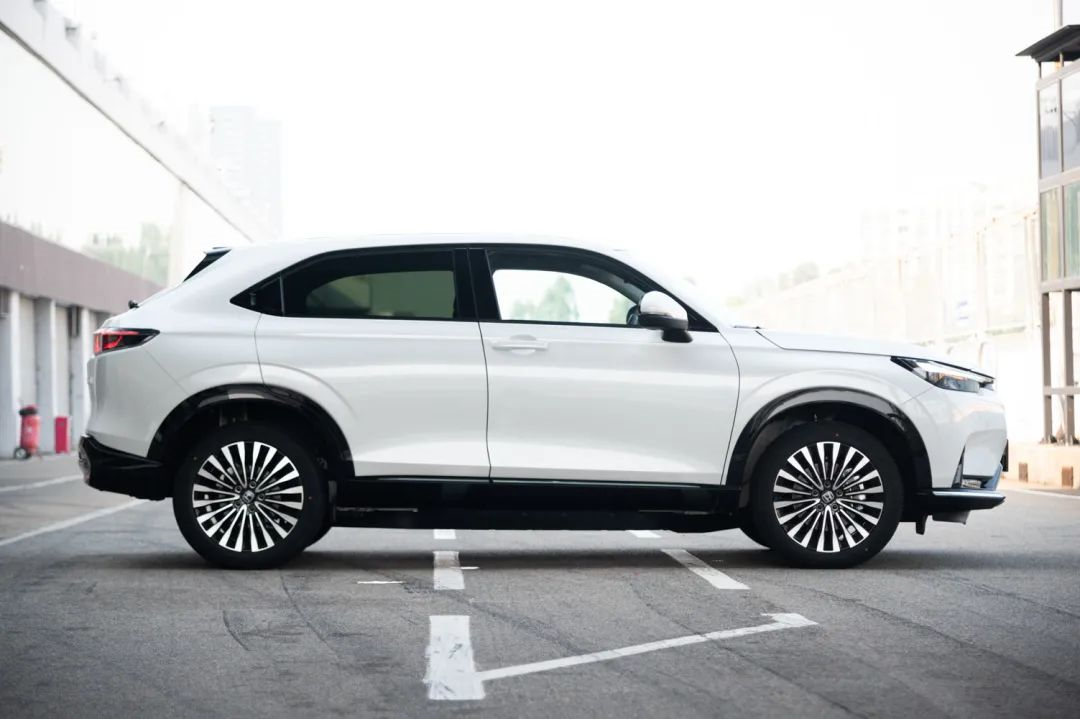
However, the e:NS1’s design is different from previous Honda SUV models. In the past, the lower edge of the windows in Honda cars was generally low, increasing the window area and improving lighting. In the e:NS1, the lower edge of the windows is raised, providing better wraparound support for passengers, while the reduced window area is compensated by a panoramic sunroof for the rear passengers.
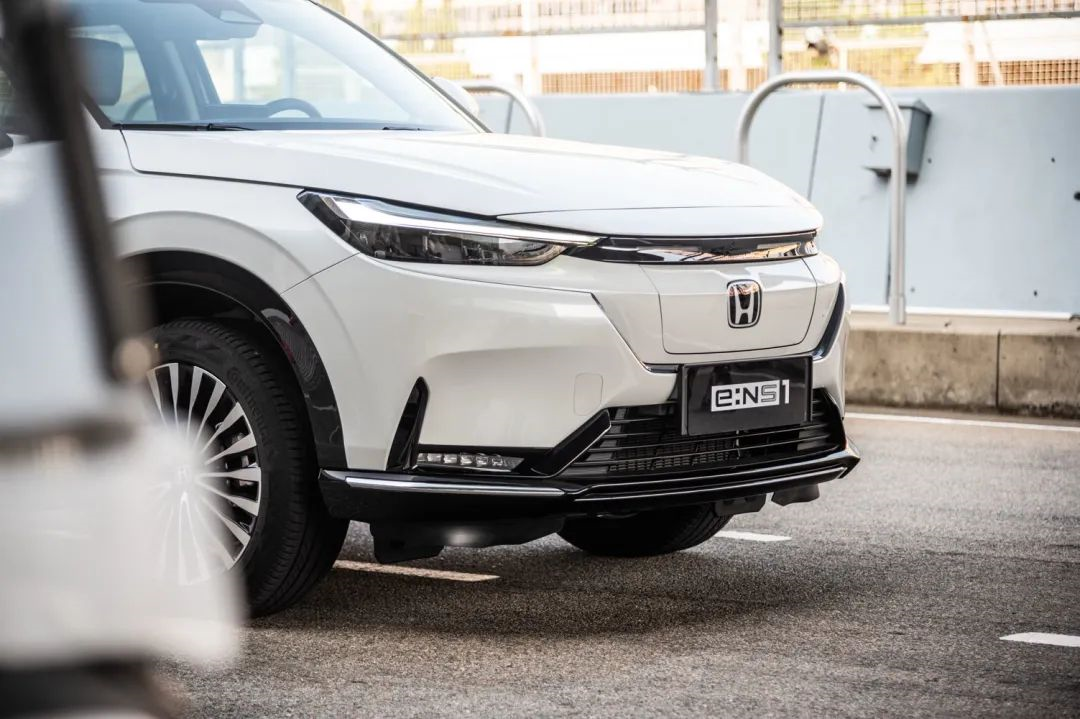
The exterior features many elements typical of Honda models, such as the LED headlights, which have appeared on many Honda models before. The charging port is located in the center of the enclosed front end, with the opening button located outside, which is quite interesting.
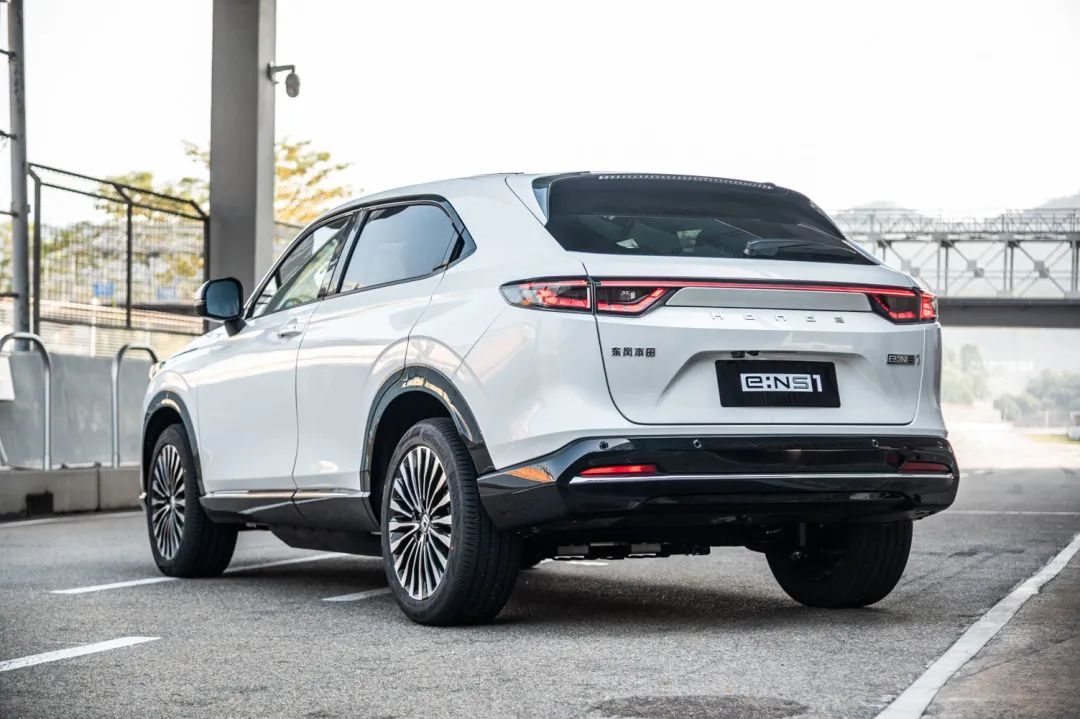
The brand emblem on the rear of the car has changed from the “H” logo to the English letters of Honda, and the brand logo on the front and wheels has changed from a chrome finish to a white finish. In terms of recognition, the e:NS1 is quite distinctive.## Interior
The interior design has been seen by most of the people before through pictures or videos on the internet. Here I will only point out a few things.
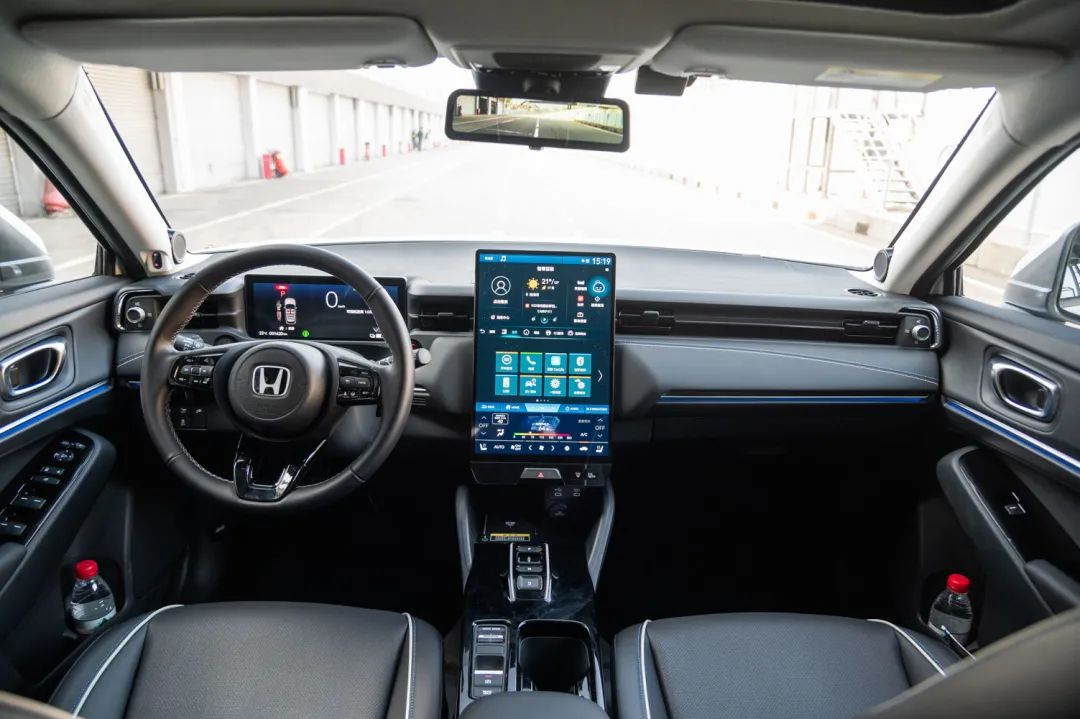
Firstly, the material used in the car has improved. The central control panel and door armrests are covered with leather, which feels delicate to touch and looks good.
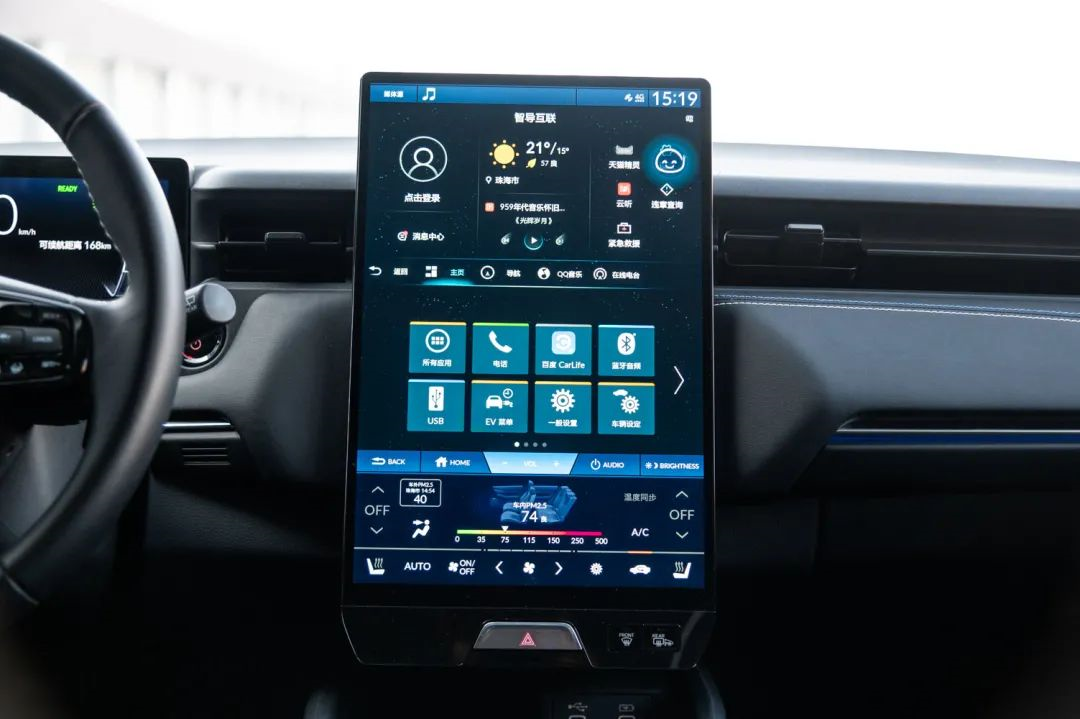
Secondly, the frame of the central control screen is small enough, and the display resolution is precise. The UI interface has a clear three-part layout, with obvious functional partitions. Although it may not be as shocking as the ones used in new energy cars, it is more user-friendly.
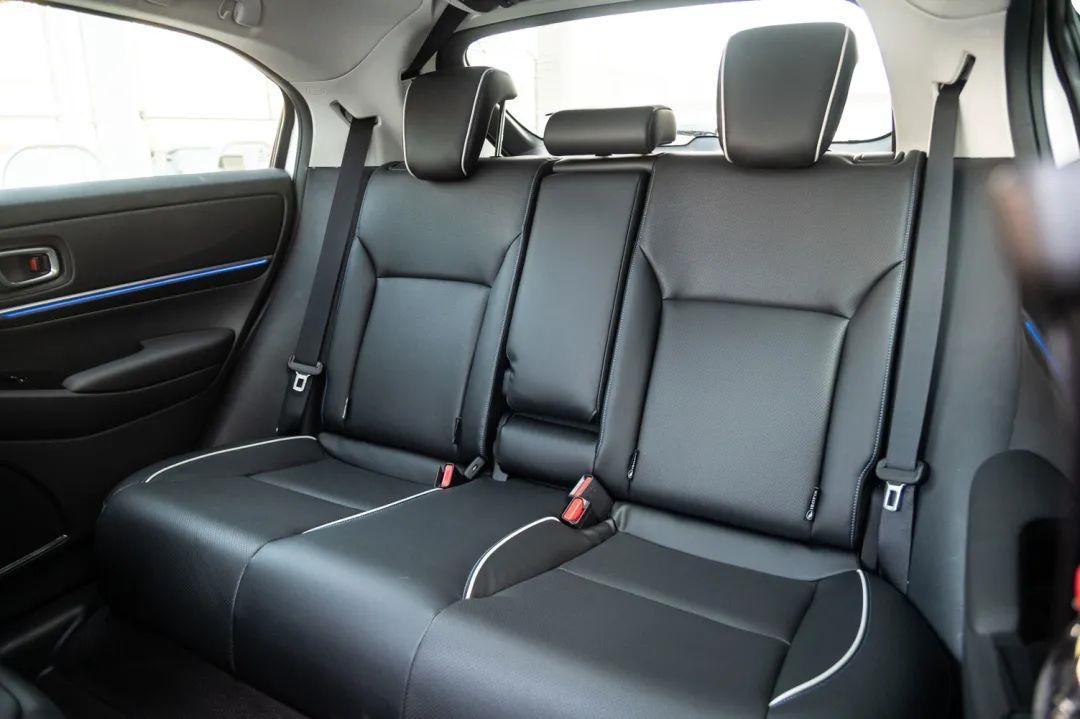
Thirdly, the seats use high attenuating polyurethane materials on the middle part of the cushions and backrests, making them softer. At the same time, both sides of the wing are harder, and when you sit down normally, your body can sink a little, which improves the wrapping.
Conclusion
This car is first and foremost a Honda, and then an electric car. Although it has been mentioned before, I still want to emphasize it. It cares more about the driving part, and a brief encounter is enough for the driver to understand its temperament. This tendency may not be eye-catching like other new energy cars just by its appearance. However, once you’ve driven it, I think you will be able to feel its charm.
This article is a translation by ChatGPT of a Chinese report from 42HOW. If you have any questions about it, please email bd@42how.com.
